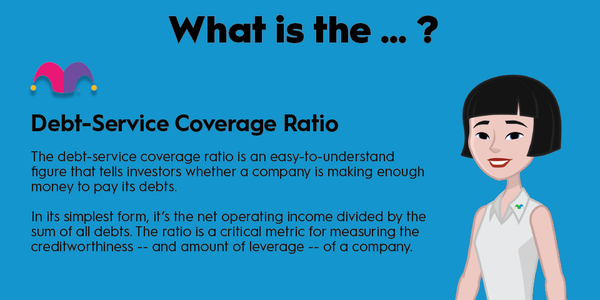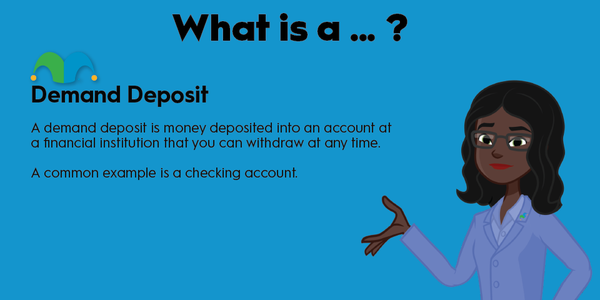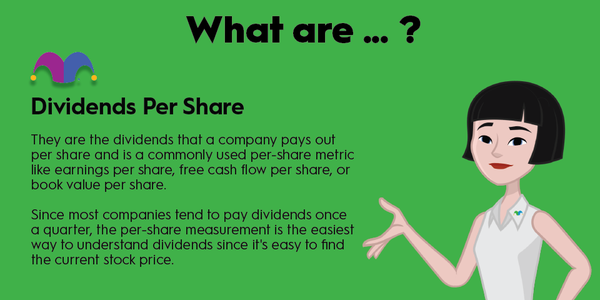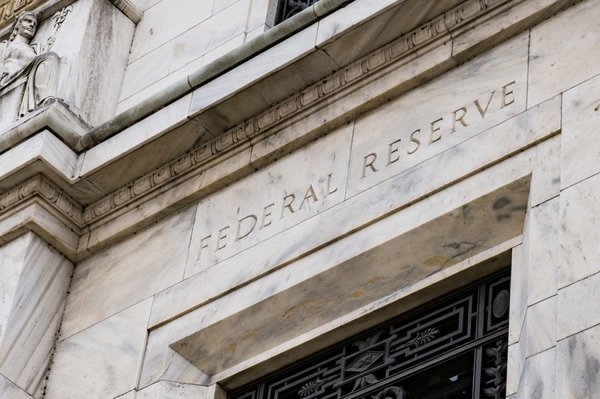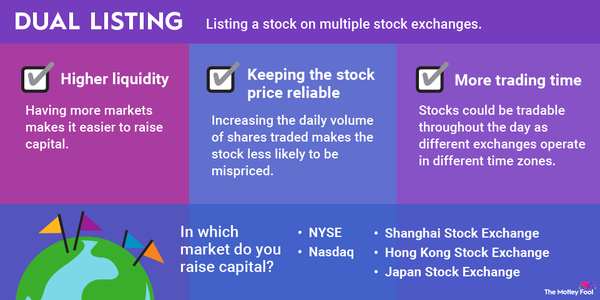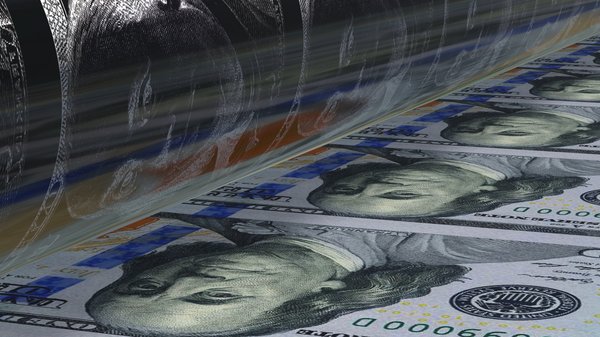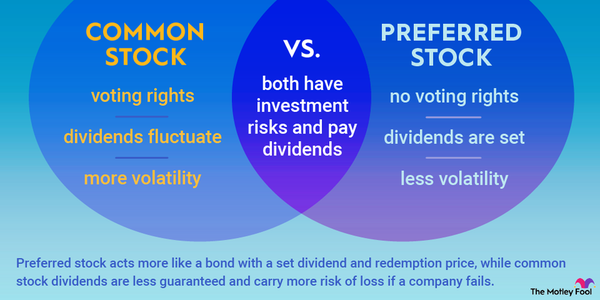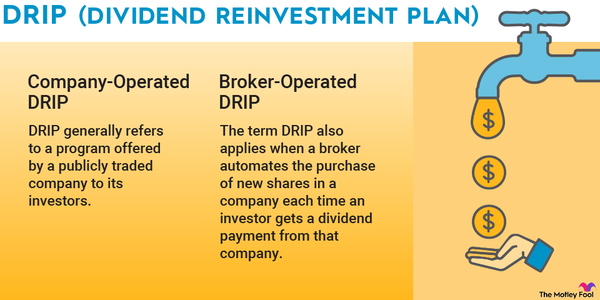What is the debt ceiling?
What is the debt ceiling?
The debt ceiling places an upper limit on the amount of debt that can be borrowed by the U.S. federal government to meet its obligations. The limit was first put in place by Congress in 1917 as a provision of legislation that streamlined and bolstered the country's ability to provide financing for World War I through bond sales. The debt ceiling has been raised at frequent intervals since its introduction.
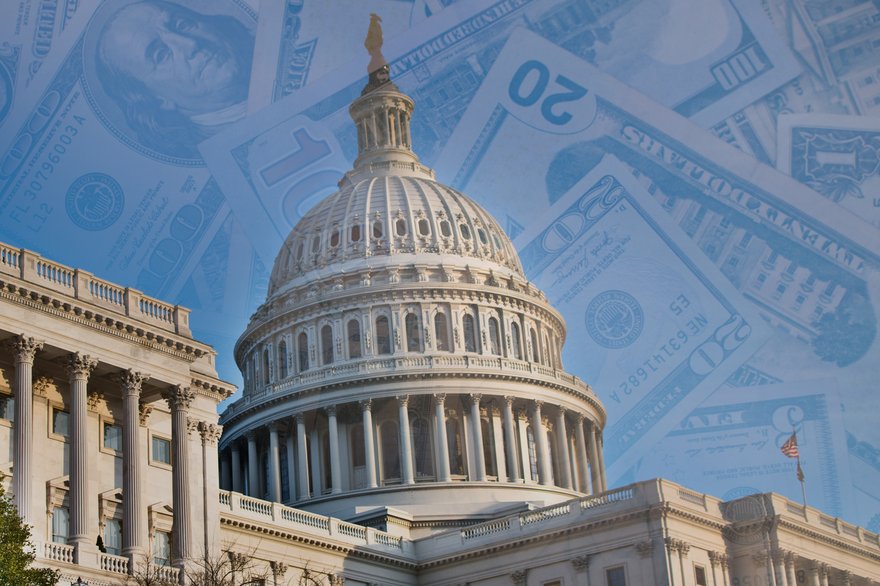
Why is the debt ceiling important?
Why is the debt ceiling important?
Since 2001, the U.S. government has operated at an annual budget deficit. As a result, the U.S. Treasury has needed to borrow money to fund key social programs and meet payment requirements, and the debt ceiling has needed to be increased.
Although raising the debt ceiling does not authorize any new spending initiatives, it does give the government the ability to finance existing legal obligations and avoid going into default. Raising the debt ceiling can be necessary to keep programs, including Social Security and Medicare, solvent. It can also be necessary to continue funding military salaries, tax refunds, military salaries, and other federal payments.
What if the debt ceiling were exceeded?
What if the debt ceiling were exceeded?
Research from Moody's suggests that even a short period of default could cause a significant decline in U.S. gross domestic product (GDP) and substantial job losses. A brief default could also cause serious damage to the country's standing on the world stage.
Many foreign countries hold U.S. bonds and have other investments in the country. Failing to meet existing financial obligations could make investing in the U.S. and trading with the country less attractive to other nations. It could also potentially damage the dollar's status as the global reserve currency.
If a more prolonged breach of the debt ceiling were to occur, the results would likely be even more catastrophic. A massive crash in the stock market could occur, job losses would likely mount, and consumer and business confidence could crater.
Why is raising the debt ceiling controversial?
Why is raising the debt ceiling controversial?
While the U.S. continues to have the world's strongest economy, the country's debt has ballooned in recent years. Some economists, analysts, and politicians argue that the country is not being fiscally responsible, and that its current reliance on debt is unsustainable.
While legislative efforts to raise the debt ceiling often spark intense debate and come down to the wire, there has never been an instance in which expanding or redefining the debt limit wasn't approved by Congress. U.S. fiscal and monetary policy are politically divisive topics, but increases to the debt limit have still been approved regardless of which party controls the executive or legislative branch.
Related investing topics
An example of the debt-ceiling debate
An example of the debt-ceiling debate
In 2023, the U.S. House of Representatives and Senate once again voted to raise the debt ceiling. The bill that passed was negotiated by Republican House Speaker Kevin McCarthy and Democratic President Joe Biden and suspended the U.S.'s $31.4 trillion debt limit through the end of 2024.
After the passage of the 2023 bill, Congress had approved increasing or redefining the debt limit 79 times since 1960. When the debt-ceiling suspension expires in 2025, legislators will once again have to pass a bill to raise the limit to prevent the U.S. from slipping into default.



